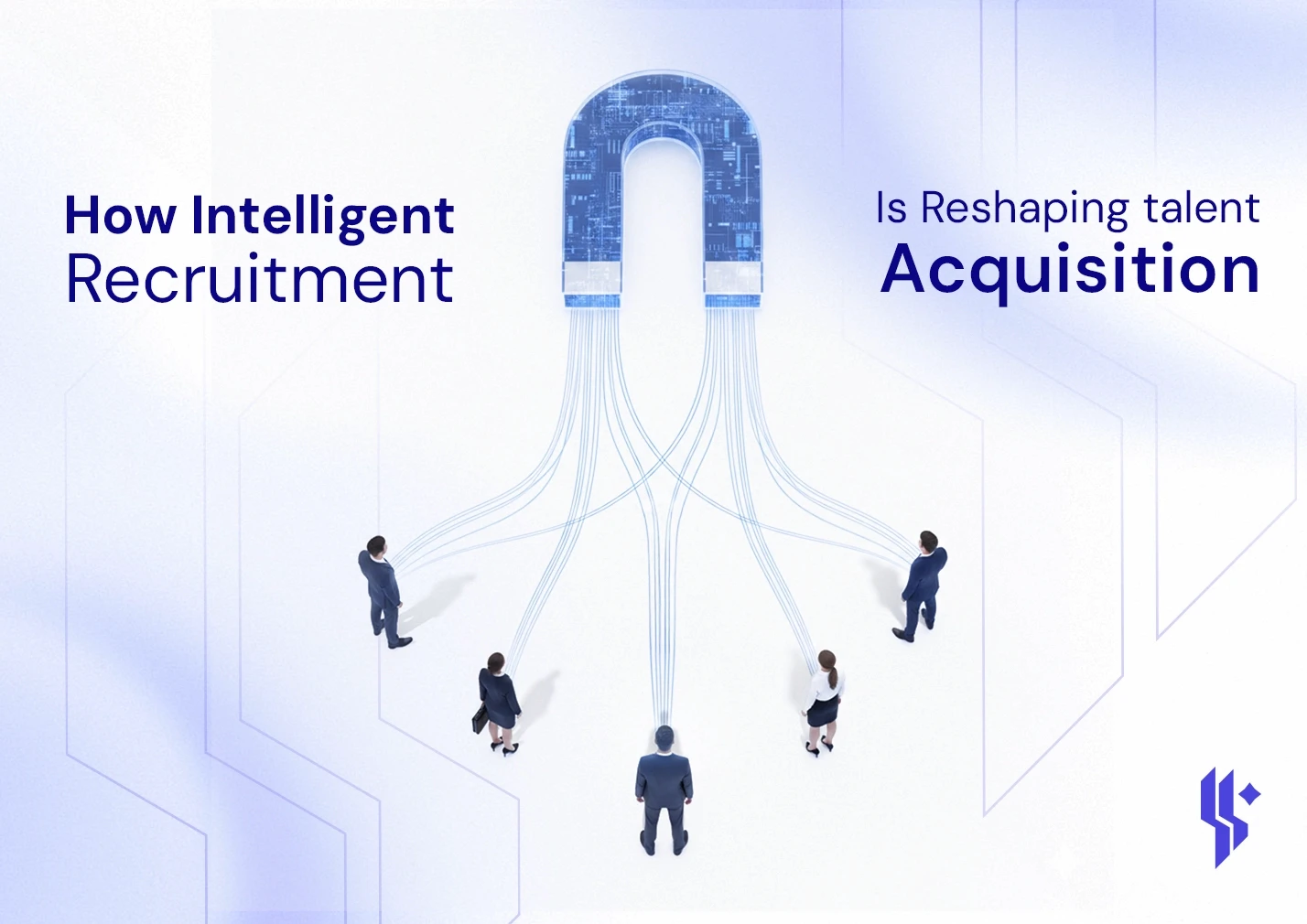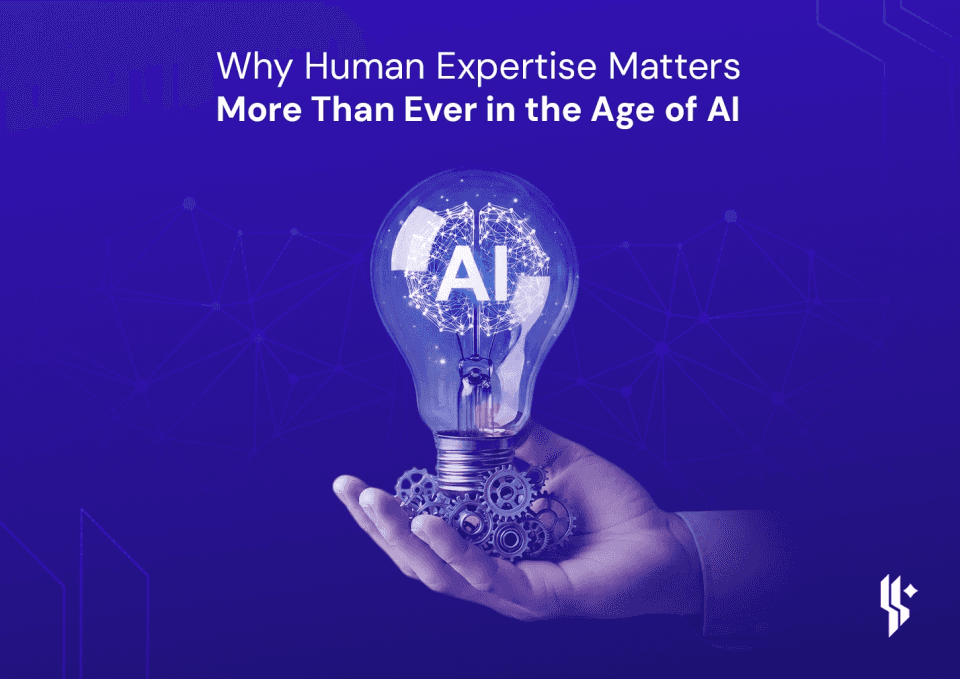Wynt Blog
Find an Article
Wynt Blog
Find an Article
Wynt Blog

Aug 7, 2025
Meet Walker S2: Is the Rise of Industrial Robots a Threat or a Solution for the Future of Work?
The future of the workplace just walked in, literally.
UBTECH has unveiled Walker S2, a next-generation industrial humanoid robot built for intelligent inspections, logistics support, and dynamic human interaction. With the ability to walk on two legs, manipulate objects, and understand environments using AI, Walker S2 is a striking leap forward in the world of factory automation.
But as the capabilities of robots grow, so do the questions:
🔹 Are we heading toward a world where robots replace humans?
🔹 Will this shift boost productivity or widen the unemployment gap?
🔹 What jobs are best suited for robotic support?
Let’s explore.
⸻
Robots vs. Humans: A Shift or a Replacement?
Robots like Walker S2 are not just tools, they are autonomous co-workers. They can perform tasks that are physically demanding, repetitive, or dangerous, with a level of consistency that even skilled workers might struggle to match over time.
This doesn't necessarily mean robots will "take over" all jobs, but rather that certain roles are evolving. In factories, warehouses, and high-risk environments, humanoid robots bring real value by:
• Reducing human error
• Lowering injury rates
• Operating 24/7 without fatigue
• Enhancing workflow efficiency
⸻
Does Automation Improve Productivity?
The data says yes.
In environments where robots have been integrated properly, companies report:
• Up to 30% increase in production speed
• Dramatic cost savings on operational downtime
• More consistent quality assurance
Walker S2 is built for precision and adaptability, making it ideal for complex, fast-paced settings like smart factories, logistics centers, and automated inspections in energy or manufacturing sectors.
However, productivity isn’t just about speed. It’s also about human creativity and problem-solving, which robots still can’t replicate.
⸻
Which Jobs Are Best for Robots Like Walker S2?
Not every job can, or should, be automated. The best roles for humanoid robots like Walker S2 include:
✅ Routine Inspections: checking gauges, identifying leaks, or monitoring equipment
✅ Logistics & Material Handling: moving parts, restocking shelves, or transporting items
✅ Customer Assistance: in controlled environments like banks or airports
✅ Cleaning & Maintenance: tasks that are repetitive but require mobility
✅ Security Surveillance: patrolling perimeters, monitoring camera feeds, alerting human teams
These roles benefit from automation without compromising the need for human creativity, empathy, or complex decision-making.
⸻
The Human-Robot Future: Threat or Teamwork?
Instead of fearing a robotic takeover, the conversation must shift toward human-AI collaboration. The real opportunity lies in redefining work, not replacing it.
As robots take over labor-intensive or monotonous tasks, humans can focus on innovation, strategy, emotional intelligence, and skills that drive business growth and societal development.
Governments, businesses, and educational institutions must now invest in reskilling and upskilling workers to thrive in this shared environment.
⸻
Conclusion
The launch of UBTECH’s Walker S2 signals more than just technological advancement, it’s a call to action. The future of work isn’t about humans or robots. It’s about how we work better together.
If deployed thoughtfully, robots like Walker S2 won’t be a threat, they’ll be a solution to labor shortages, safety challenges, and productivity demands in a fast-changing world
Have More Questions?
Reach out Through
Latest Articles
Stay Updated with Our Latest Insights

Aug 7, 2025
Meet Walker S2: Is the Rise of Industrial Robots a Threat or a Solution for the Future of Work?
The future of the workplace just walked in, literally.
UBTECH has unveiled Walker S2, a next-generation industrial humanoid robot built for intelligent inspections, logistics support, and dynamic human interaction. With the ability to walk on two legs, manipulate objects, and understand environments using AI, Walker S2 is a striking leap forward in the world of factory automation.
But as the capabilities of robots grow, so do the questions:
🔹 Are we heading toward a world where robots replace humans?
🔹 Will this shift boost productivity or widen the unemployment gap?
🔹 What jobs are best suited for robotic support?
Let’s explore.
⸻
Robots vs. Humans: A Shift or a Replacement?
Robots like Walker S2 are not just tools, they are autonomous co-workers. They can perform tasks that are physically demanding, repetitive, or dangerous, with a level of consistency that even skilled workers might struggle to match over time.
This doesn't necessarily mean robots will "take over" all jobs, but rather that certain roles are evolving. In factories, warehouses, and high-risk environments, humanoid robots bring real value by:
• Reducing human error
• Lowering injury rates
• Operating 24/7 without fatigue
• Enhancing workflow efficiency
⸻
Does Automation Improve Productivity?
The data says yes.
In environments where robots have been integrated properly, companies report:
• Up to 30% increase in production speed
• Dramatic cost savings on operational downtime
• More consistent quality assurance
Walker S2 is built for precision and adaptability, making it ideal for complex, fast-paced settings like smart factories, logistics centers, and automated inspections in energy or manufacturing sectors.
However, productivity isn’t just about speed. It’s also about human creativity and problem-solving, which robots still can’t replicate.
⸻
Which Jobs Are Best for Robots Like Walker S2?
Not every job can, or should, be automated. The best roles for humanoid robots like Walker S2 include:
✅ Routine Inspections: checking gauges, identifying leaks, or monitoring equipment
✅ Logistics & Material Handling: moving parts, restocking shelves, or transporting items
✅ Customer Assistance: in controlled environments like banks or airports
✅ Cleaning & Maintenance: tasks that are repetitive but require mobility
✅ Security Surveillance: patrolling perimeters, monitoring camera feeds, alerting human teams
These roles benefit from automation without compromising the need for human creativity, empathy, or complex decision-making.
⸻
The Human-Robot Future: Threat or Teamwork?
Instead of fearing a robotic takeover, the conversation must shift toward human-AI collaboration. The real opportunity lies in redefining work, not replacing it.
As robots take over labor-intensive or monotonous tasks, humans can focus on innovation, strategy, emotional intelligence, and skills that drive business growth and societal development.
Governments, businesses, and educational institutions must now invest in reskilling and upskilling workers to thrive in this shared environment.
⸻
Conclusion
The launch of UBTECH’s Walker S2 signals more than just technological advancement, it’s a call to action. The future of work isn’t about humans or robots. It’s about how we work better together.
If deployed thoughtfully, robots like Walker S2 won’t be a threat, they’ll be a solution to labor shortages, safety challenges, and productivity demands in a fast-changing world
Have More Questions?
Reach out Through

Aug 7, 2025
Meet Walker S2: Is the Rise of Industrial Robots a Threat or a Solution for the Future of Work?
The future of the workplace just walked in, literally.
UBTECH has unveiled Walker S2, a next-generation industrial humanoid robot built for intelligent inspections, logistics support, and dynamic human interaction. With the ability to walk on two legs, manipulate objects, and understand environments using AI, Walker S2 is a striking leap forward in the world of factory automation.
But as the capabilities of robots grow, so do the questions:
🔹 Are we heading toward a world where robots replace humans?
🔹 Will this shift boost productivity or widen the unemployment gap?
🔹 What jobs are best suited for robotic support?
Let’s explore.
⸻
Robots vs. Humans: A Shift or a Replacement?
Robots like Walker S2 are not just tools, they are autonomous co-workers. They can perform tasks that are physically demanding, repetitive, or dangerous, with a level of consistency that even skilled workers might struggle to match over time.
This doesn't necessarily mean robots will "take over" all jobs, but rather that certain roles are evolving. In factories, warehouses, and high-risk environments, humanoid robots bring real value by:
• Reducing human error
• Lowering injury rates
• Operating 24/7 without fatigue
• Enhancing workflow efficiency
⸻
Does Automation Improve Productivity?
The data says yes.
In environments where robots have been integrated properly, companies report:
• Up to 30% increase in production speed
• Dramatic cost savings on operational downtime
• More consistent quality assurance
Walker S2 is built for precision and adaptability, making it ideal for complex, fast-paced settings like smart factories, logistics centers, and automated inspections in energy or manufacturing sectors.
However, productivity isn’t just about speed. It’s also about human creativity and problem-solving, which robots still can’t replicate.
⸻
Which Jobs Are Best for Robots Like Walker S2?
Not every job can, or should, be automated. The best roles for humanoid robots like Walker S2 include:
✅ Routine Inspections: checking gauges, identifying leaks, or monitoring equipment
✅ Logistics & Material Handling: moving parts, restocking shelves, or transporting items
✅ Customer Assistance: in controlled environments like banks or airports
✅ Cleaning & Maintenance: tasks that are repetitive but require mobility
✅ Security Surveillance: patrolling perimeters, monitoring camera feeds, alerting human teams
These roles benefit from automation without compromising the need for human creativity, empathy, or complex decision-making.
⸻
The Human-Robot Future: Threat or Teamwork?
Instead of fearing a robotic takeover, the conversation must shift toward human-AI collaboration. The real opportunity lies in redefining work, not replacing it.
As robots take over labor-intensive or monotonous tasks, humans can focus on innovation, strategy, emotional intelligence, and skills that drive business growth and societal development.
Governments, businesses, and educational institutions must now invest in reskilling and upskilling workers to thrive in this shared environment.
⸻
Conclusion
The launch of UBTECH’s Walker S2 signals more than just technological advancement, it’s a call to action. The future of work isn’t about humans or robots. It’s about how we work better together.
If deployed thoughtfully, robots like Walker S2 won’t be a threat, they’ll be a solution to labor shortages, safety challenges, and productivity demands in a fast-changing world
Have More Questions?
Reach out Through





